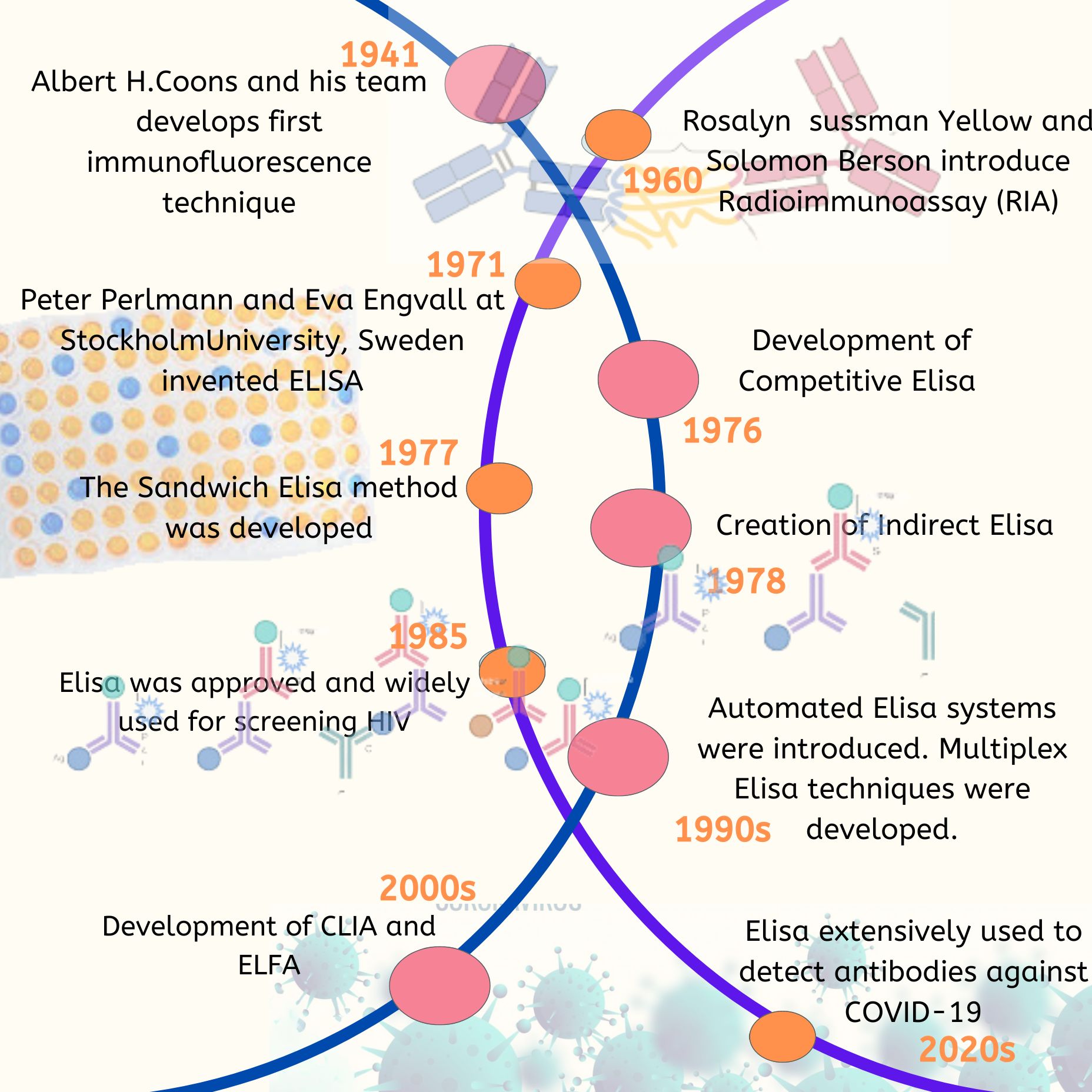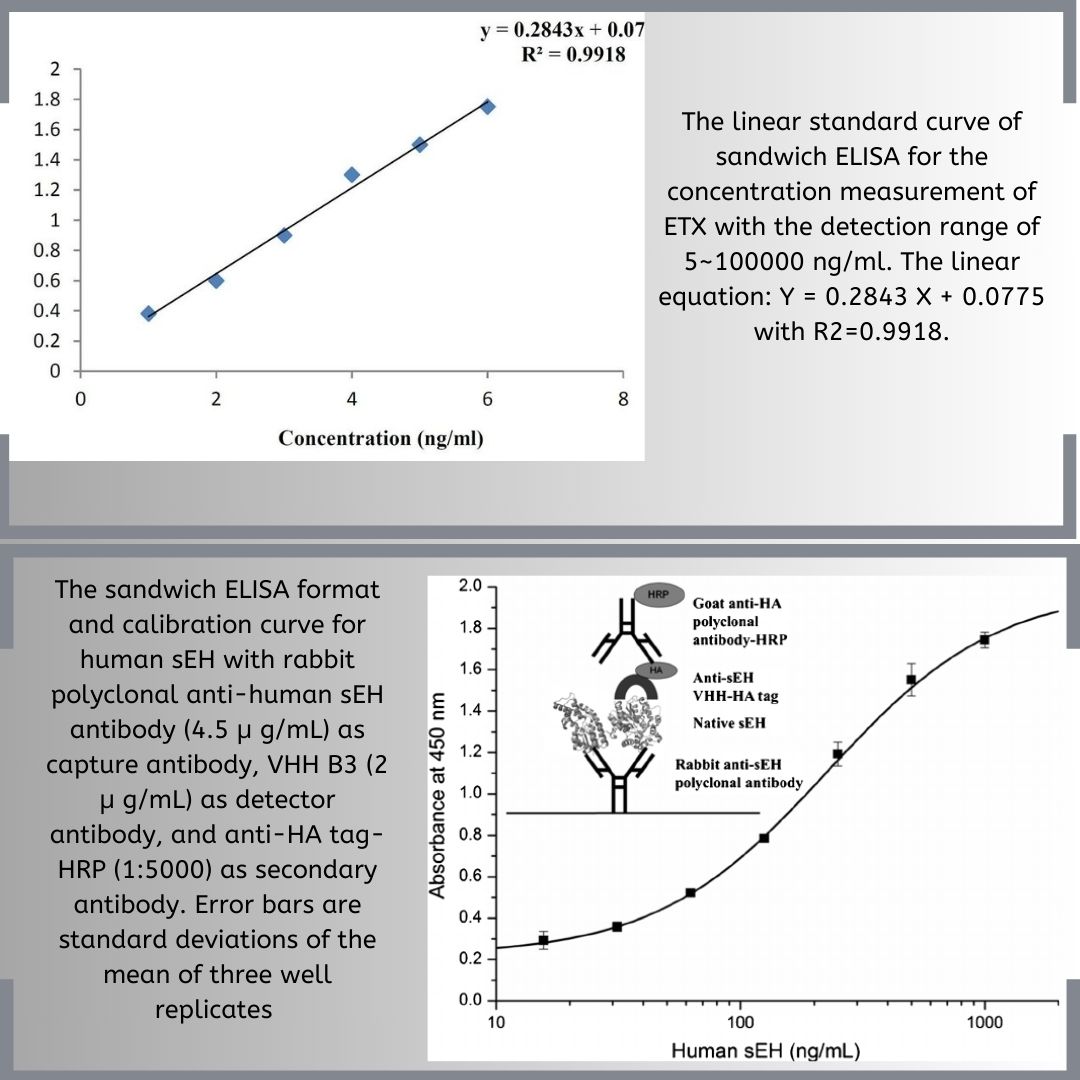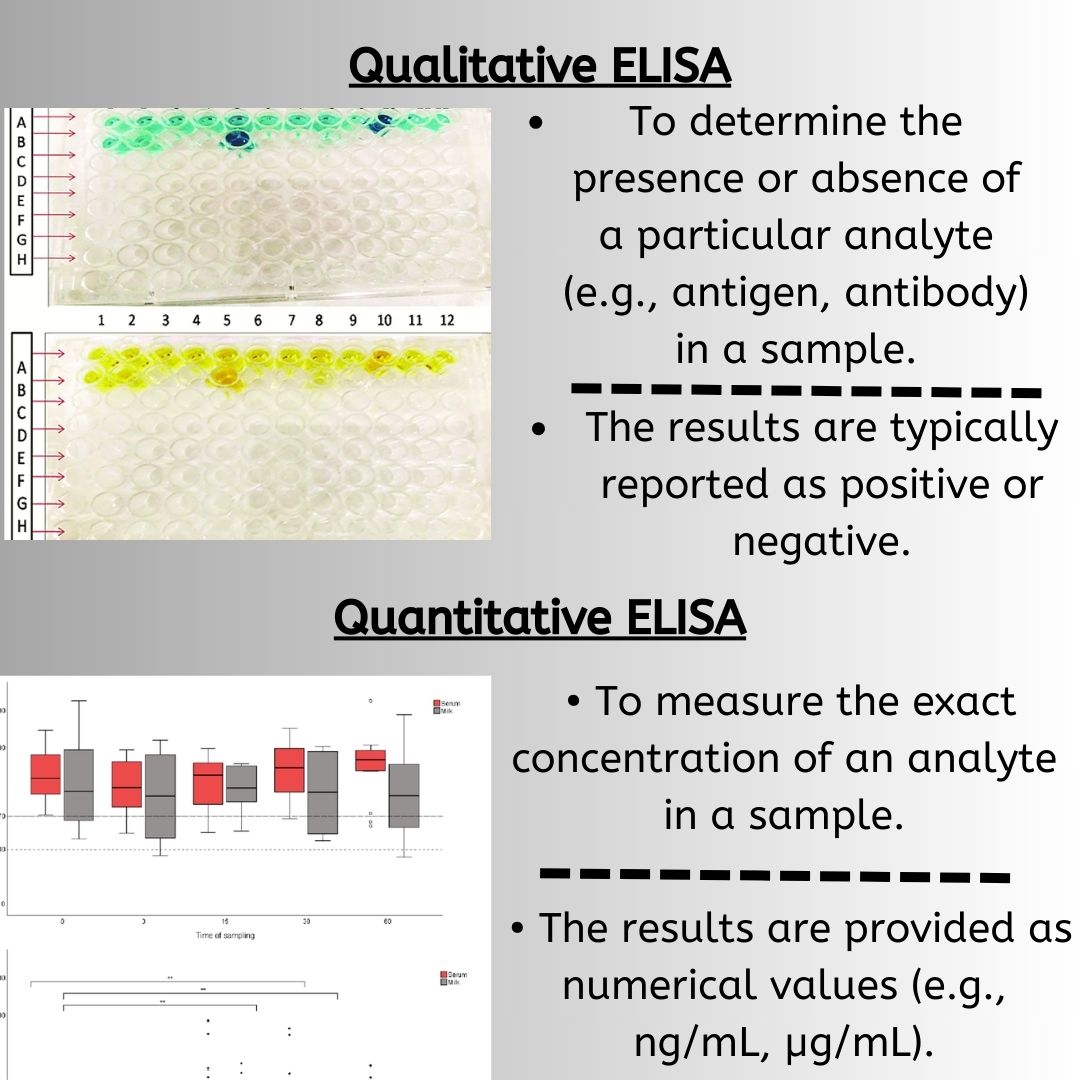Macrocephaly is the unusually large sized head in infants which in some cases can be an indication of complications. Children who have the measurement around the widest part of the head that is larger than the 98th percentile are considered to have this condition. The normal head circumference of a newborn infant is 33-35 cms which continue to increase around 2 cm per month. The large heads in some cases can also be a familiar feature and in such cases, the other family member’s head size may also be measured and the full developmental assessment should be made. Children having this often exhibit mental deficiency, movement disorders and seizures. Some of the common causes of macrocephaly include megalencephaly associated with the condition such as osteogenesis imperfect or hydrocephalus (excess accumulation of cerebrospinal fluid in the brain). The hydrocephalus can occur as the result of a number of causes such as meningitis or the abnormal cysts in the brain. The treatment of macrocephaly is based on the symptoms and treating the condition that is causing the problem.
Causes
Hydrocephalus – This is the accumulation of fluid in cavities within the brain which can create pressure that can damage the brain tissues and affect its function. It can develop as the result of several causes such as poor absorption of the fluid by the blood vessels, overproduction of the fluid or the obstruction of its normal flow. Some of the common signs of it among the infants include the abnormally large head or the rapid increase in the head size or the tense soft spot on the head. Additional symptoms can include irritability, vomiting, poor feeding, seizures, eyes fixed downward and sleepiness. The most common treatment for this condition is the surgical procedure for a proper drainage system called a shunt.
Hydranencephaly
This is a congenital condition that is characterized by the absence of the cerebral hemisphere and thus the empty cavity becomes filled with cerebrospinal fluid. This neurological condition develops in the 12th week of pregnancy after the infant’s brain has started to develop. The primary cause is associated with the prenatal stroke along with exposure to environmental toxins or intrauterine infection. The affected infants often die within weeks in utero and others not surviving beyond age one. There is no cure for this condition and the treatment is focused on providing the best quality of life as possible for the affected infant.
Morquio Syndrome
This is a rare inherited birth defect and the associated symptoms of this condition are evident between the ages 1 and 3. This develops when a certain enzyme required for the breakdown of the sugar chains is not produced in sufficient quantity and as the result, it accumulates in the cells, connective tissues and blood which causes damage over a period of time. The symptoms include coarse facial features, vision problems, hypermobile joints, abnormal joints and spine development, short stature and a large head. The treatment is based on the severity of the symptoms that may require surgical or non-surgical intervention such as spinal fusion or physical therapy.
References
http://www.mayoclinic.org/diseases-conditions/hydrocephalus/basics/treatment/con-20030706
http://www.pediatricbrainfoundation.org/educate/disorder/hydranencephaly



